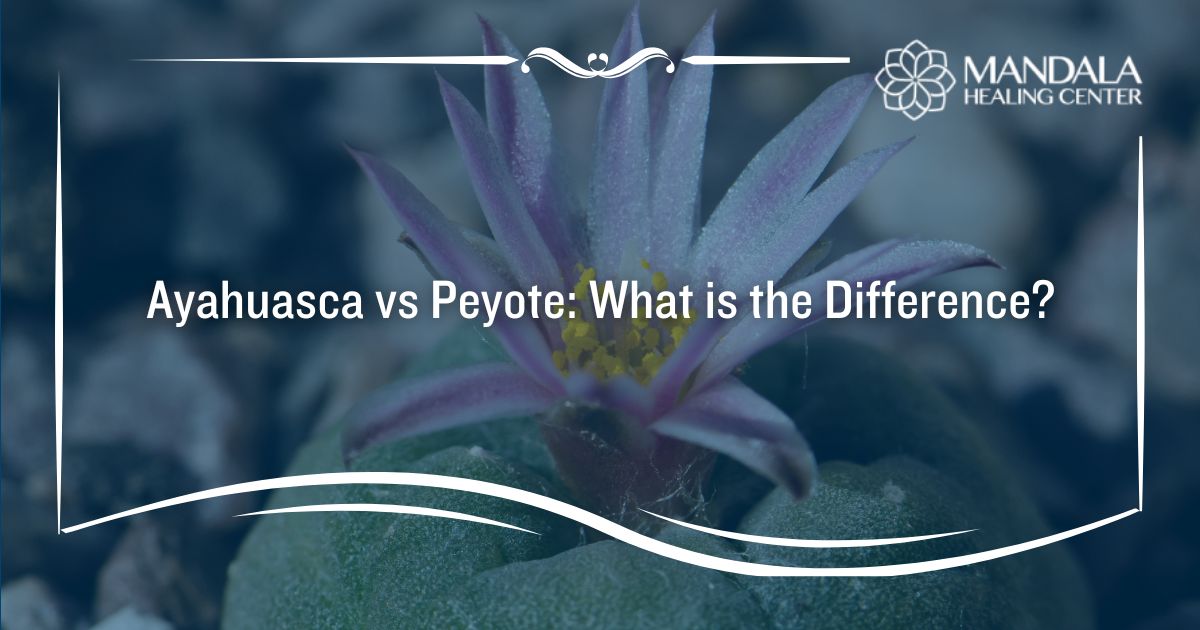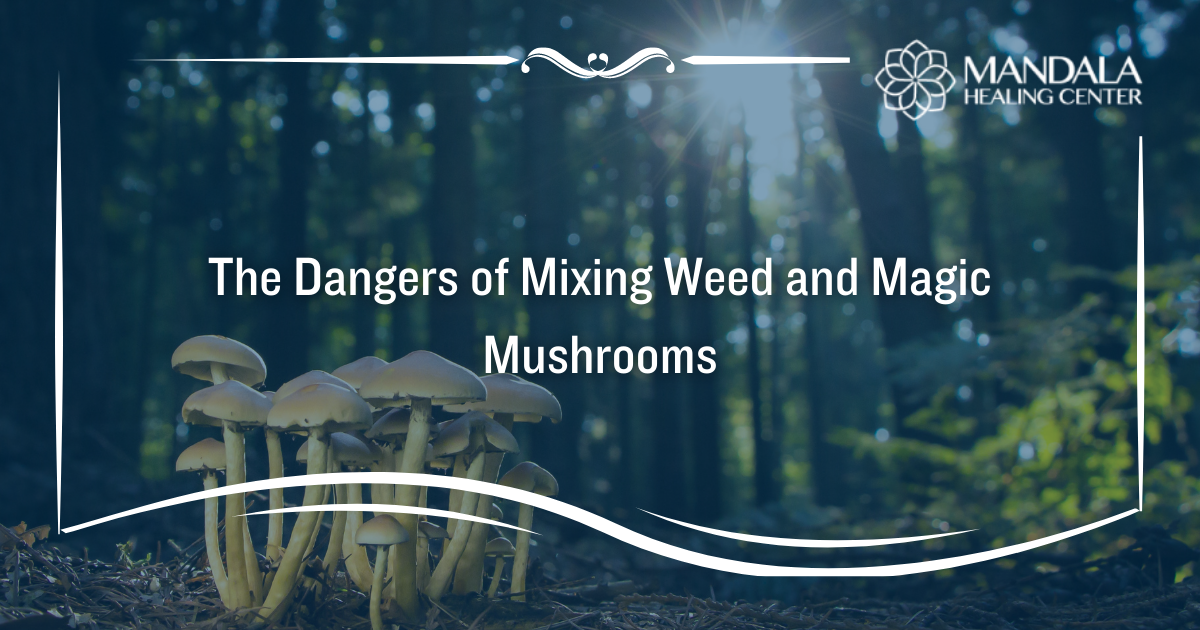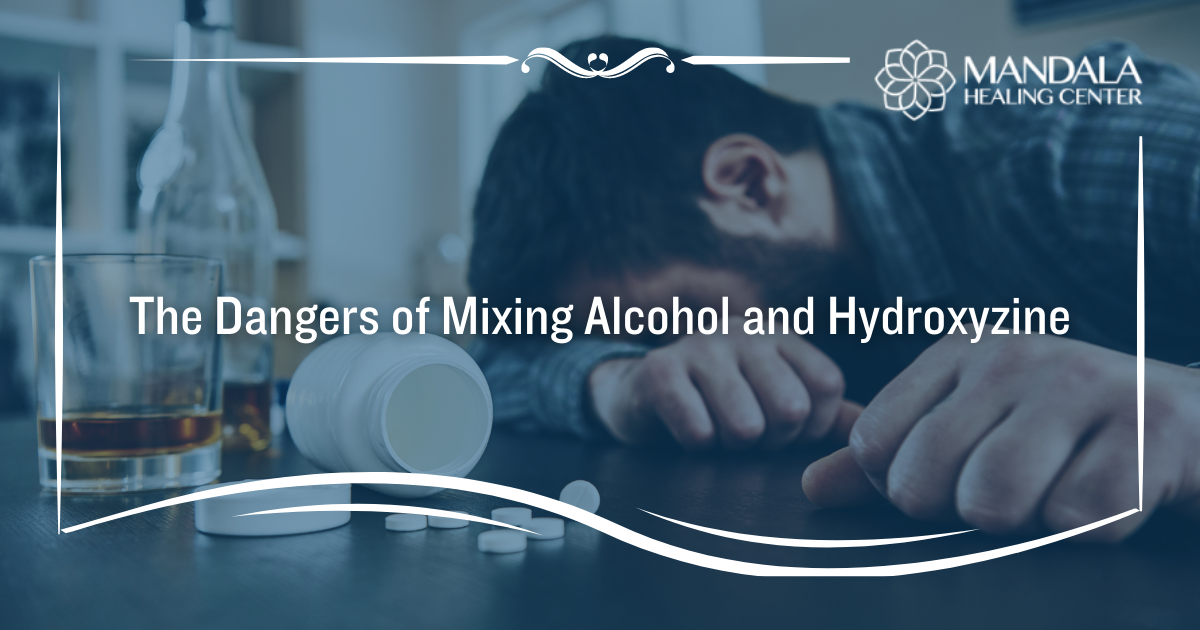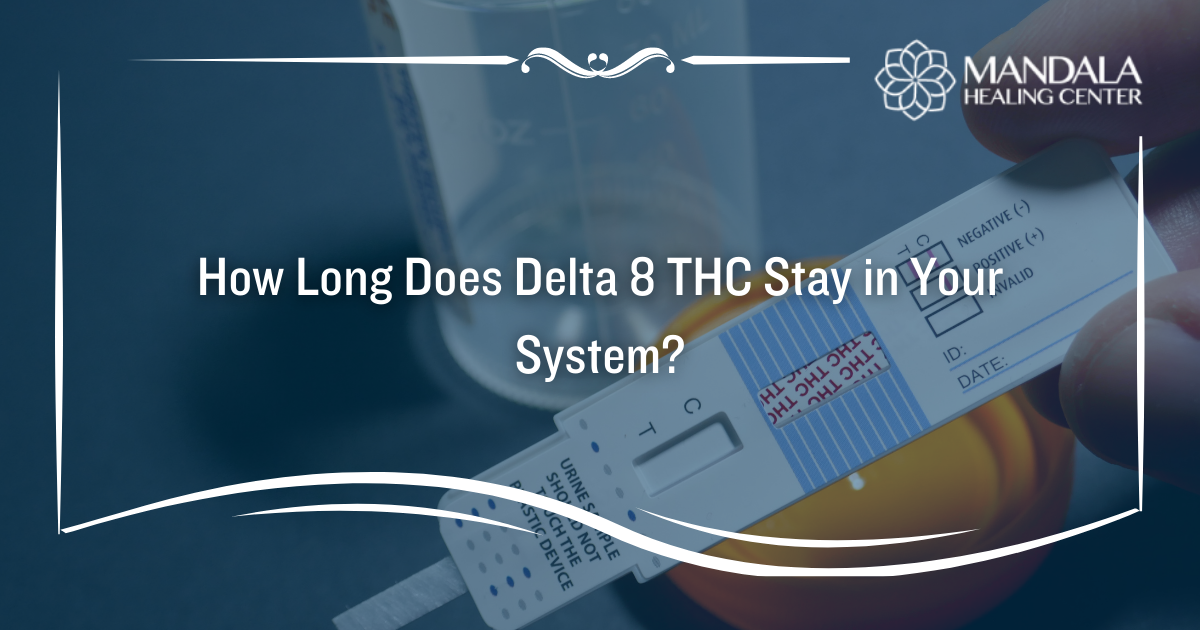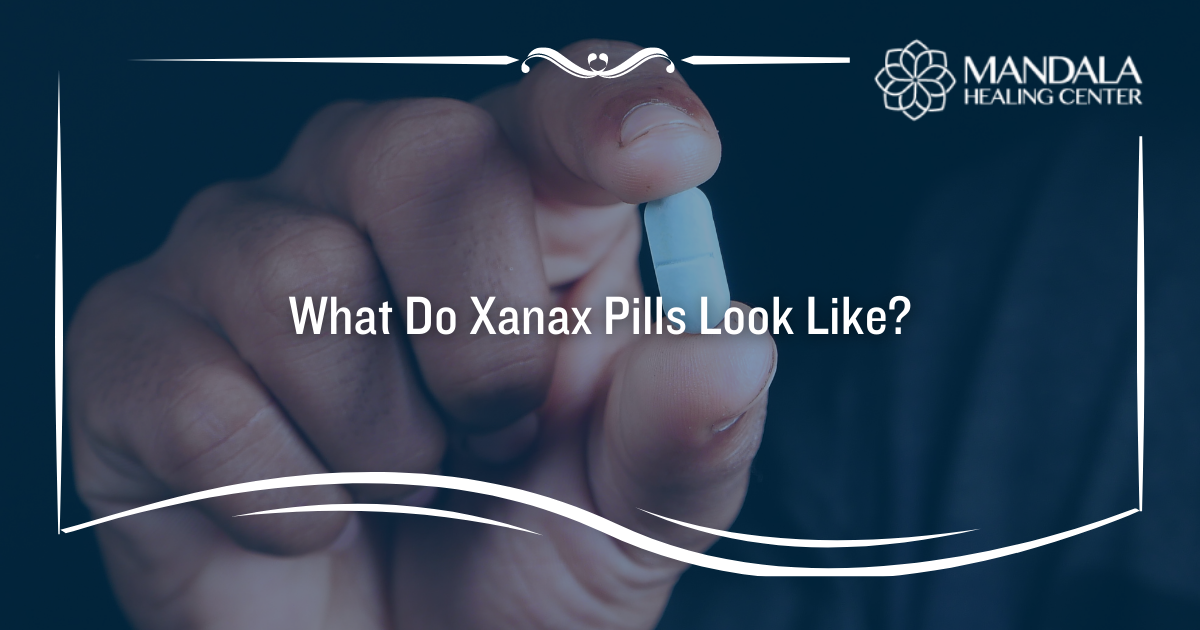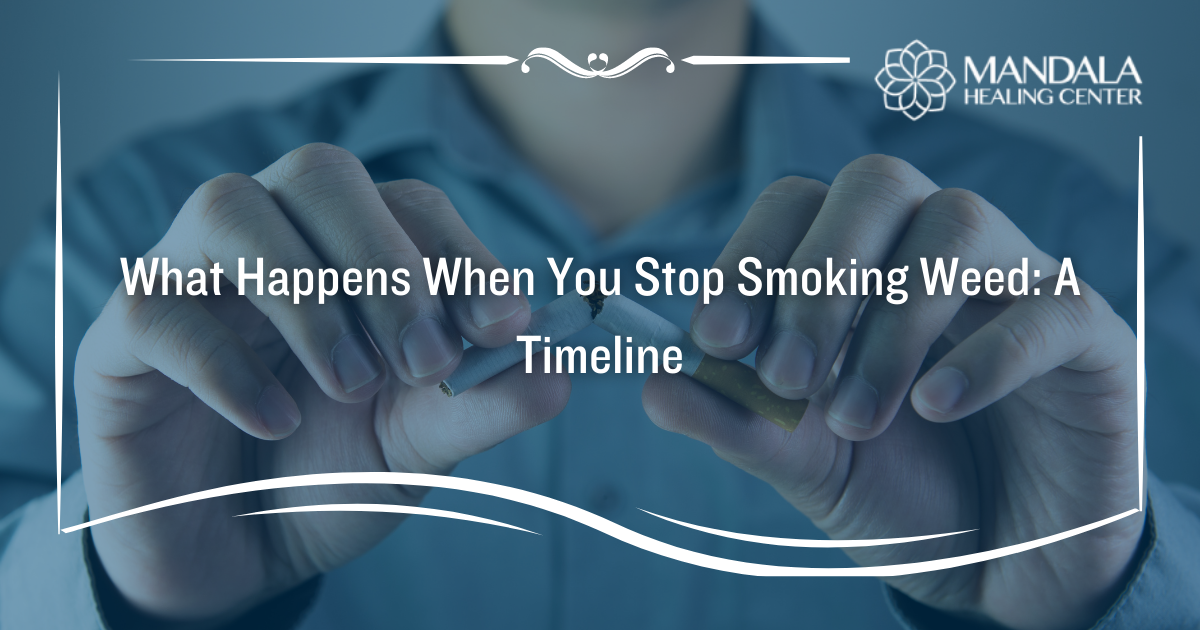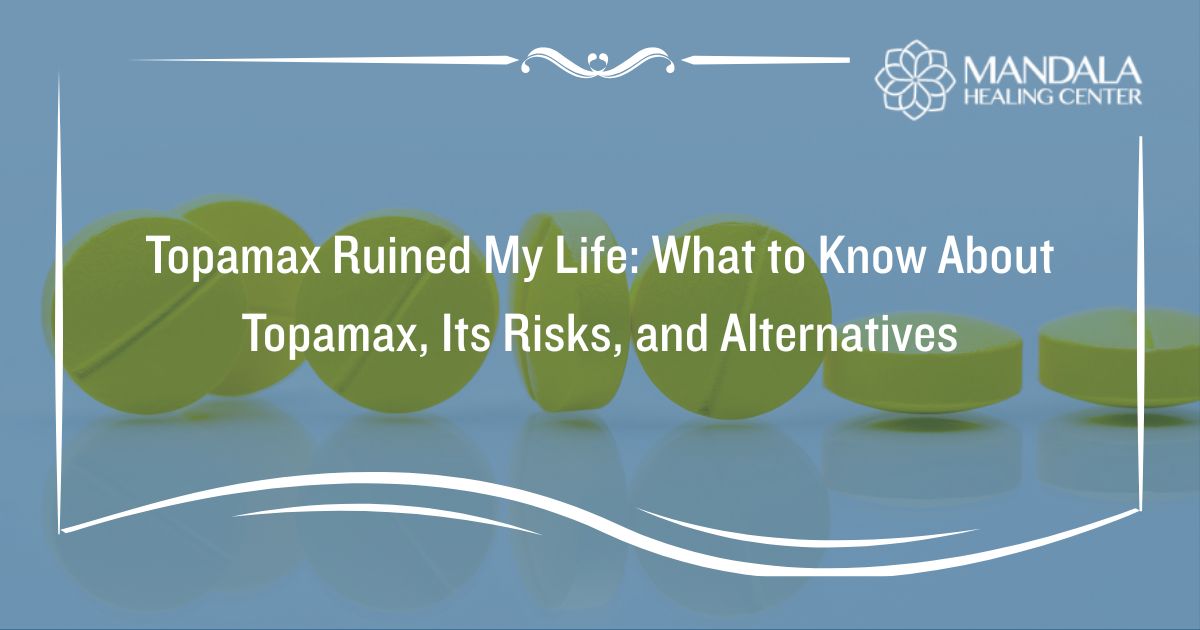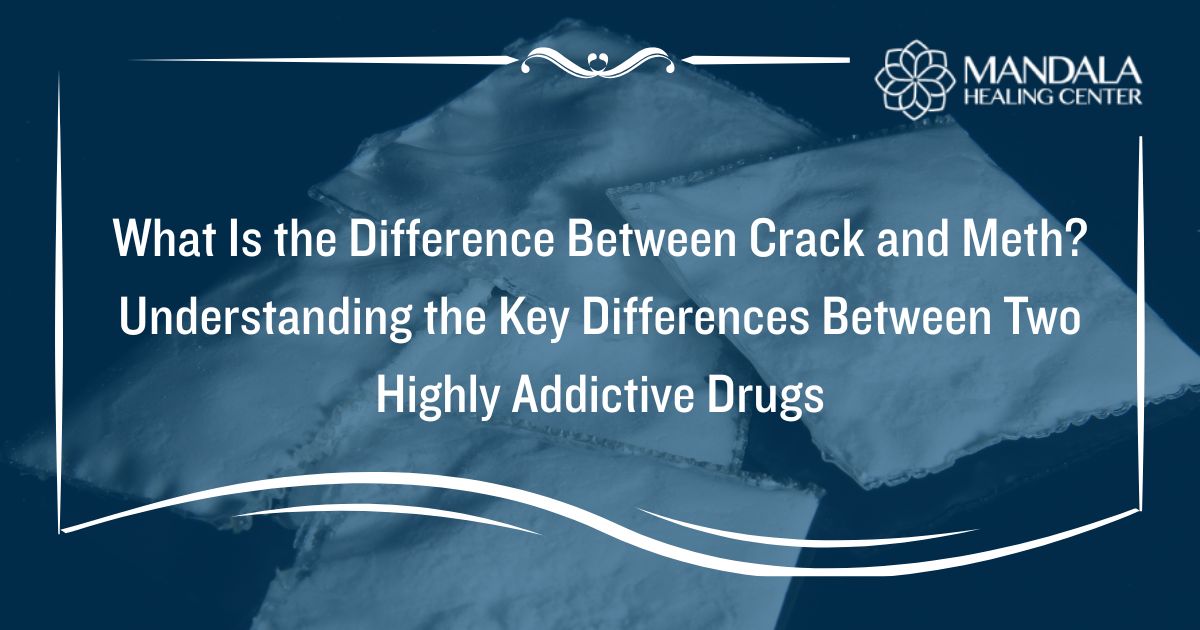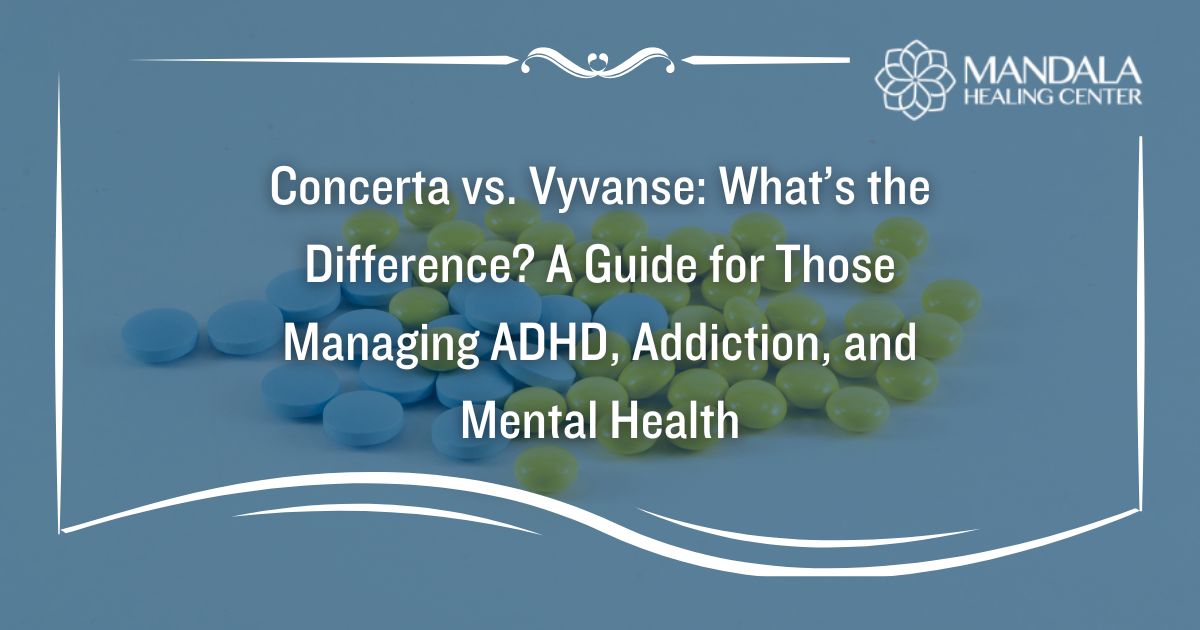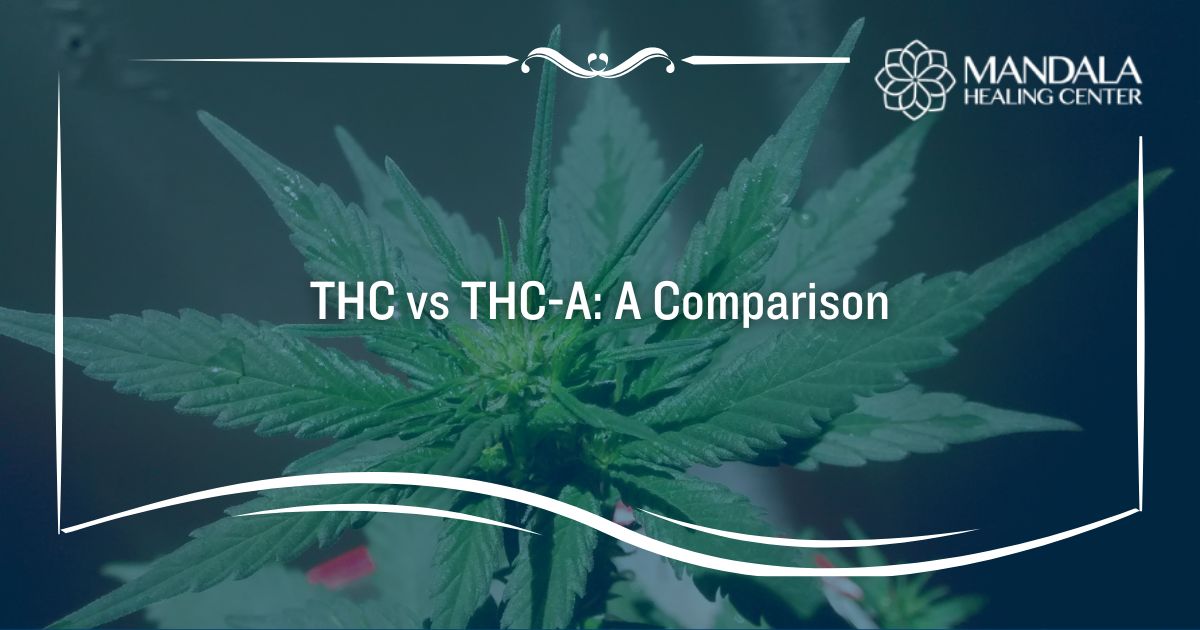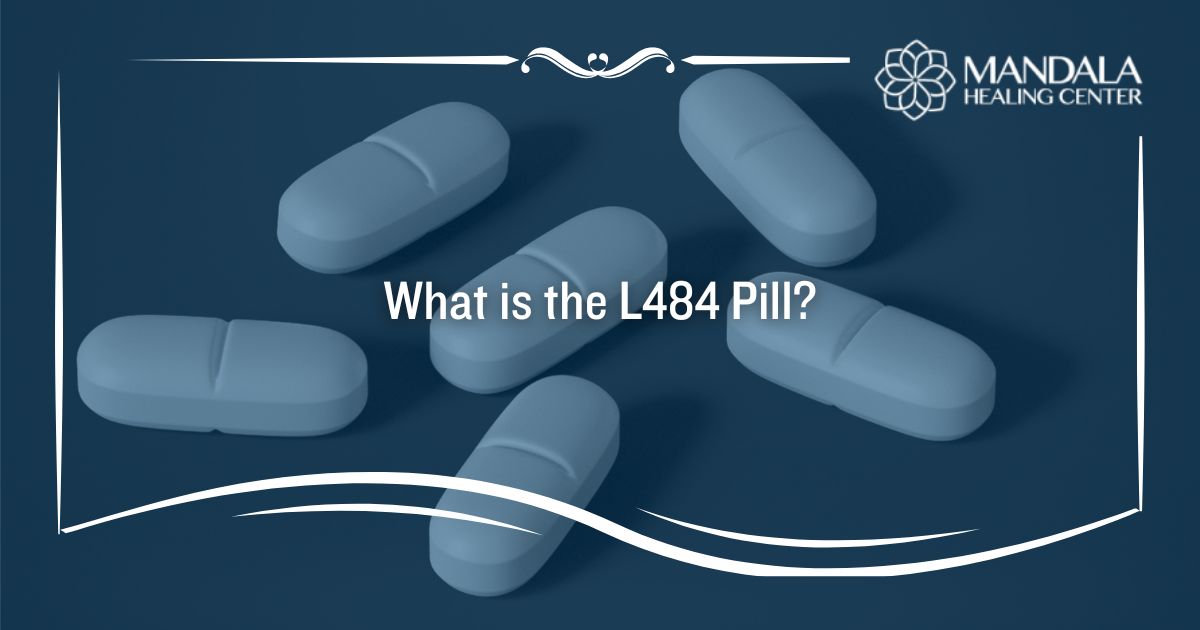Hallucinogens are a class of drugs that cause you to experience intense visual and auditory hallucinations, changes in sensory perception, and altered moods. There are tons of different hallucinogenic drugs, from LSD to psilocybin mushrooms. Two types of hallucinogens that you might not be familiar with include peyote and ayahuasca.
Indigenous peoples or Native Americans use both peyote and ayahuasca for spiritual ceremonies. They produce hallucinations, altered states of consciousness, and side effects like nausea, dilated pupils, and sweating. Despite their similarities, these two substances have some stark differences.
First, peyote is a thornless cactus that contains the mind-altering substance mescaline.[1] On the other hand, ayahuasca is a tea made out of a plant mixture that contains dimethyltryptamine (DMT).[2]
Understanding the differences between these drugs can help spread awareness about them, their effects, and why you should avoid abusing them.
In this article, you will learn:
- What is ayahuasca?
- What is peyote?
- How are peyote and ayahuasca different?
What is Ayahuasca?
Ayahuasca comes from a vine called Banisteriopsis caapi and a shrub called Psychotria viridis. It is made into tea from plant materials acquired from the vine and shrub. The psychoactive compound found in ayahuasca tea is known as dimethyltryptamine (DMT).
Ayahuasca is considered a Schedule I substance in the United States, which means it has no medicinal uses and a high potential for abuse. That said, specific religious groups are permitted to use it for spiritual ayahuasca ceremonies.
Ayahuasca can cause a variety of effects, including:[2]
- Nausea, vomiting, and diarrhea
- Feelings of euphoria or intense happiness
- Connection and unity with others
- Self-reflection
- Vivid visual and auditory hallucinations
- Changes in sensory perception and consciousness
- Intense emotions
- Increased heart rate, blood pressure, and body temperature
- Feelings of anxiety, panic, or fear
The experience you have with ayahuasca is personal. While one person might have a good time, it is possible to have a bad trip filled with anxiety, fear, and memories of trauma. Because of this, it is best to avoid using the substance unless you belong to a religion that uses it for spiritual ceremonies.
What is Peyote?
The peyote cactus contains a psychoactive ingredient called mescaline. People might eat the buttons found on the cactus fresh or dried. It is also possible to brew them into a tea that you can drink.
Like Ayahuasca, peyote is used by indigenous people for spiritual and healing ceremonies. Because the United States considers peyote as a Schedule I drug, it is only legal in these exceptions.
The effects of peyote may include:[1]
- A rush of euphoria and pleasure
- Intense hallucinations
- Altered sensory perception
- Brighter colors and louder sounds
- Dramatic emotional experiences
- Increased heart rate and blood pressure
- Chills and sweating
- Feelings of numbness and tingling
- Nausea and vomiting
- Dilated pupils
- Elevated body temperature
Like ayahuasca, peyote can cause a bad trip. If you are abusing this drug, you could deal with effects like intense fear, scary hallucinations, and flashbacks of traumatic experiences. For this reason, it is best to avoid peyote abuse.
What is the Difference Between Ayahuasca and Peyote?
Despite their similarities, ayahuasca and peyote are different substances. Let’s take a look at the factors that distinguish these drugs from one another.
Origins and Uses
Peyote is mainly associated with native american tribes in the United States. They use peyote ceremonies for spiritual and healing rituals.
On the other hand, ayahuasca is most common in South America. It is common in Brazil, Ecuador, and Peru. Ayahuasca is used for shamanic ceremonies in these cultures.
Active Ingredients
Ayahuasca is a tea that contains plant matter from a specific vine and shrub. The mind-altering ingredient found in this drug is DMT.
In contrast, peyote comes from a cactus. The substance found in this cactus that causes hallucinations is referred to as mescaline.
Potency
Peyote contains mescaline while ayahuasca has DMT in it. Because of the DMT found in ayahuasca, it is considered to be more potent than peyote. The hallucinations caused by the drug will be more vivid and intense.
Length of Effects
The effects of ayahuasca begin within 20 minutes of drinking it and last for up to 4 to 6 hours. While it causes more potent effects, it does not last as long as peyote. For example, the effects of peyote can last from 10 to 12 hours after you consume it.
Because peyote can last so long, you should not abuse it without having support in place. During ceremonies, there are people present who are experienced with the effects of peyote and can guide you through the process. If you are misusing the drug on your own, you might experience dangerous psychological symptoms.
Side Effects
While peyote and ayahuasca cause similar side effects, they tend to be more intense when you use ayahuasca. To explain, both drugs cause nausea and vomiting. When it comes to ayahuasca, you are more likely to experience intense bouts of vomiting after drinking the tea.
Additionally, both peyote and ayahuasca lead to hallucinations. While peyote is associated with mild visual and sensory effects, ayahuasca causes powerful hallucinogenic experiences and intense emotional effects.
Get Connected to a Hallucinogen Rehab Program
If you or a loved one regularly abuses a drug like peyote or ayahuasca, it might be time to consider treatment. While scientists do not agree on whether these drugs are addictive, they can cause long-term mental health problems when abused. For example, repeated use of hallucinogens can lead to substance-induced psychosis.
To avoid experiencing the long-term risks of hallucinogen abuse, you should seek help from an addiction rehab program. At the Mandala Healing Center, we offer individualized and evidence-based treatment to ensure you get the exact care you need. We also use holistic healing methods like yoga, meditation, reiki, and more.
Contact us today for more information on how to recover from peyote or ayahuasca abuse.
References:
- The Drug Enforcement Administration (DEA): Peyote and Mescaline
- Science Direct: Ayahuasca


